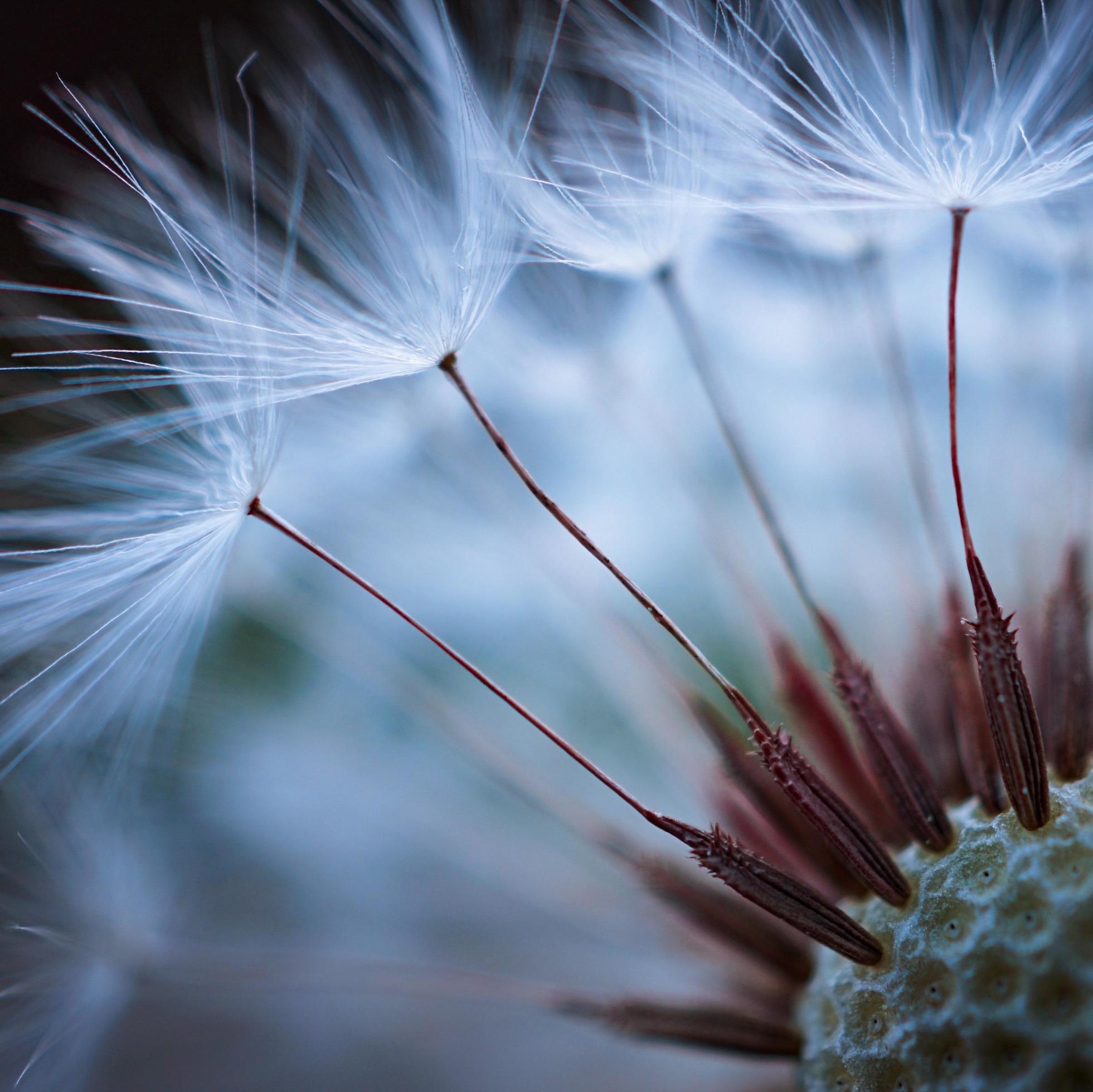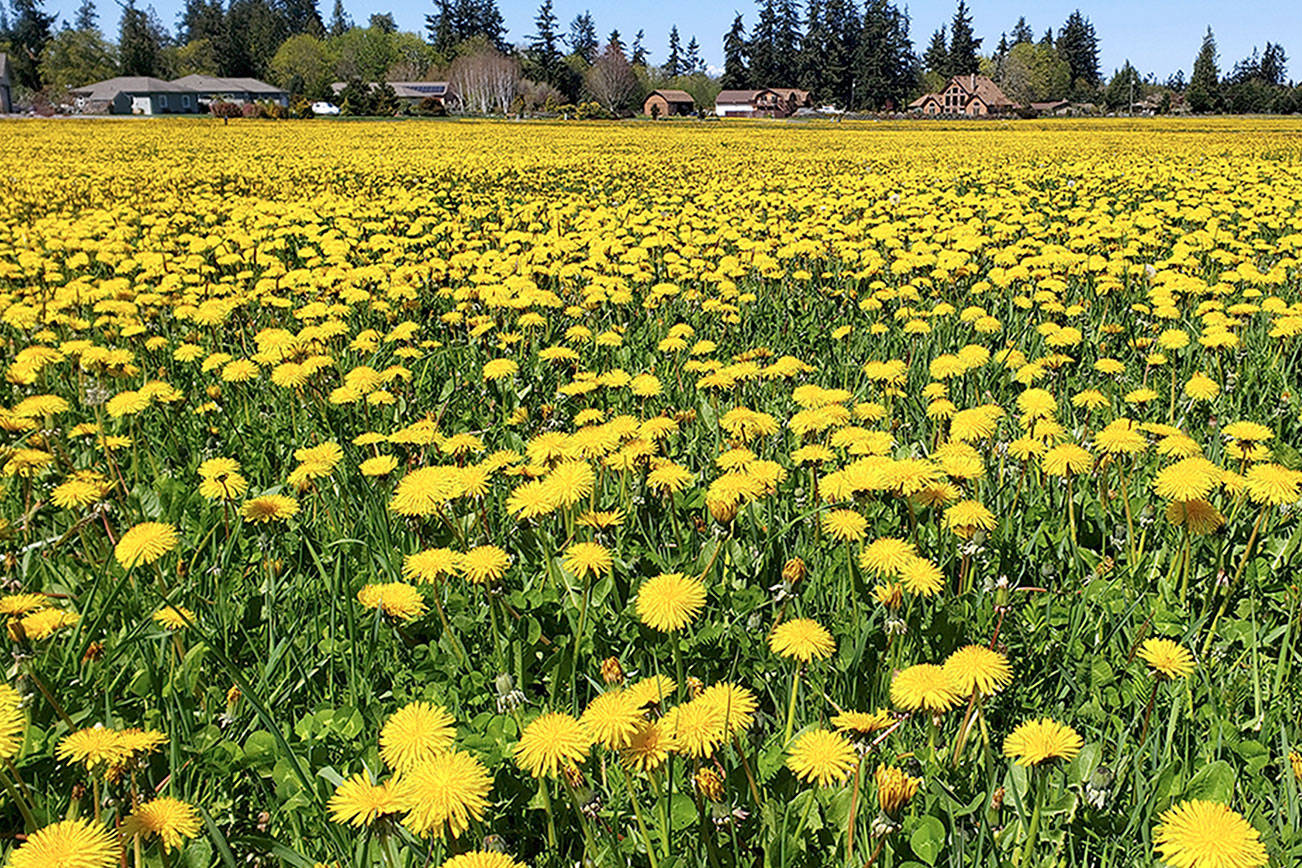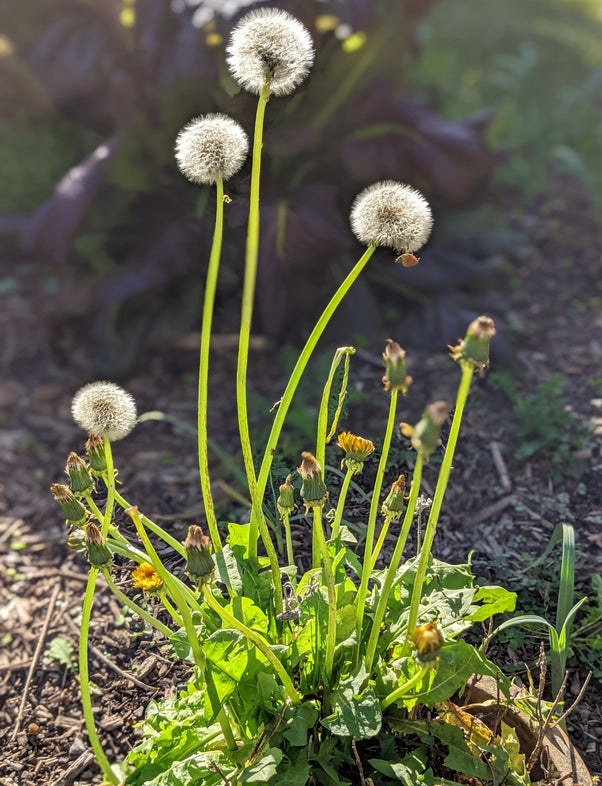The Common Dandelion: More Than Just A Weed
The common dandelion (Taraxacum officinale) is a flowering plant that is often considered a weed. However, dandelions are actually quite versatile and have a number of uses, both medicinal and culinary.
In this blog post, we will take a closer look at the common dandelion and explore some of its many benefits. We will also discuss how to identify dandelions, where to find them, and how to prepare them for use.
What is a dandelion?
Dandelions are herbaceous perennial plants that grow in temperate regions around the world. They have a long taproot that can reach up to 18 inches long, and they produce yellow flowers that bloom in the spring and summer.
Dandelions are known for their distinctive "clocks". When the flower head dries up, it opens up into a white puffball that disperses its seeds by the wind. This dispersal mechanism allows dandelions to spread quickly and easily, which is why they are often considered weeds.
Health benefits of dandelions
Dandelions have been used for centuries in traditional medicine for a variety of health conditions. Some of the most common health benefits of dandelions include:
- Digestive health: Dandelions are a good source of dietary fiber, which can help to improve digestion and promote regularity. They also contain compounds that can help to stimulate the production of bile, which is important for digestion.
- Liver health: Dandelions have been shown to help protect the liver from damage and promote liver function. They contain compounds that can help to detoxify the liver and remove harmful substances from the body.
- Blood health: Dandelions can help to improve blood circulation and reduce blood pressure. They also contain compounds that can help to lower cholesterol levels.
- Urinary health: Dandelions can help to increase urine flow and flush out toxins from the body. They can also help to relieve urinary tract infections.
- Immune health: Dandelions are a good source of antioxidants, which can help to boost the immune system and protect against disease.
How to identify and find dandelions
Dandelions are easy to identify. They have bright yellow flowers with a single, central disc. The flowers are typically about 1-2 inches in diameter. The leaves are long and narrow, with a jagged edge. Dandelions can grow up to 12 inches tall.
Dandelions are common in lawns, fields, and gardens. They can also be found along roadsides and in other disturbed areas. The best time to harvest dandelions is in the spring or early summer, when the leaves and flowers are young and tender.
How to prepare dandelions
Dandelions can be eaten raw, cooked, or used to make tea. The leaves can be added to salads, soups, or stir-fries. The flowers can be used to make dandelion wine or jelly. The roots can be roasted and used as a coffee substitute.
Here are some tips for preparing dandelions:
- Wash the dandelions thoroughly to remove any dirt or insects.
- If you are using the leaves, remove the tough outer layer.
- If you are using the flowers, remove the yellow petals and discard the green sepals.
- If you are using the roots, wash them and then roast them in the oven at 350 degrees Fahrenheit for about 30 minutes.
Conclusion
Dandelions are more than just a weed. They are a nutritious and versatile plant that has a number of health benefits. If you are looking for a natural way to improve your health, dandelions may be a good option for you.
The common dandelion is a familiar sight in many parts of the world. With its bright yellow flowers and fluffy seed heads, it's hard to miss. But did you know that the common dandelion is more than just a pretty weed? It's actually a valuable medicinal plant with a wide range of health benefits.
For centuries, dandelions have been used to treat a variety of ailments, including liver problems, constipation, and skin conditions. They're also a good source of vitamins A, C, and K, as well as potassium and iron.
If you're interested in learning more about the common dandelion and its many uses, I encourage you to visit Garden Wiki. This website has a wealth of information about dandelions, including their history, medicinal properties, and recipes for using dandelions in food and medicine.
FAQ of common dandelion
1. What are some facts about common dandelion?
- Common dandelions (Taraxacum officinale) are native to Eurasia, but are now found worldwide.
- They are a common weed of lawns, roadsides, and other disturbed places.
- The leaves, flowers, and roots of dandelions are edible.
- Dandelions have a number of medicinal properties, including being a diuretic, a laxative, and an anti-inflammatory.
- Dandelions are a good source of vitamins A, C, and K, as well as fiber.
2. Is common dandelion poisonous?
No, common dandelion is not poisonous. However, it can cause some people to experience allergic reactions, such as itching, swelling, or hives. If you experience any of these symptoms after coming into contact with dandelions, you should seek medical attention.
3. How can I get rid of common dandelions?
There are a number of ways to get rid of common dandelions. One way is to pull them up by the roots. Another way is to use a herbicide specifically designed for dandelions. You can also try smothering the dandelions with a thick layer of mulch.
4. What are the benefits of common dandelion?
In addition to being edible and having medicinal properties, common dandelions also have a number of other benefits. For example, they can help to improve digestion, boost the immune system, and detoxify the body. Dandelions can also be used to make a natural dye.
5. Where does common dandelion come from?
Common dandelions are native to Eurasia, but they are now found worldwide. They are thought to have been brought to North America by the early European settlers.
Image of common dandelion
5 different images of common dandelions from Pinterest:
- A close-up of a single dandelion flower, with its bright yellow petals and fluffy white center.

- A field of dandelions in full bloom, with their yellow flowers swaying in the wind.

- A dandelion plant, with its long, green leaves and a single yellow flower.

- A dandelion clock, made by blowing the white seeds off the flower head.
- A dandelion root, which can be used to make tea or tincture.

Post a Comment for "The Common Dandelion: More Than Just A Weed"